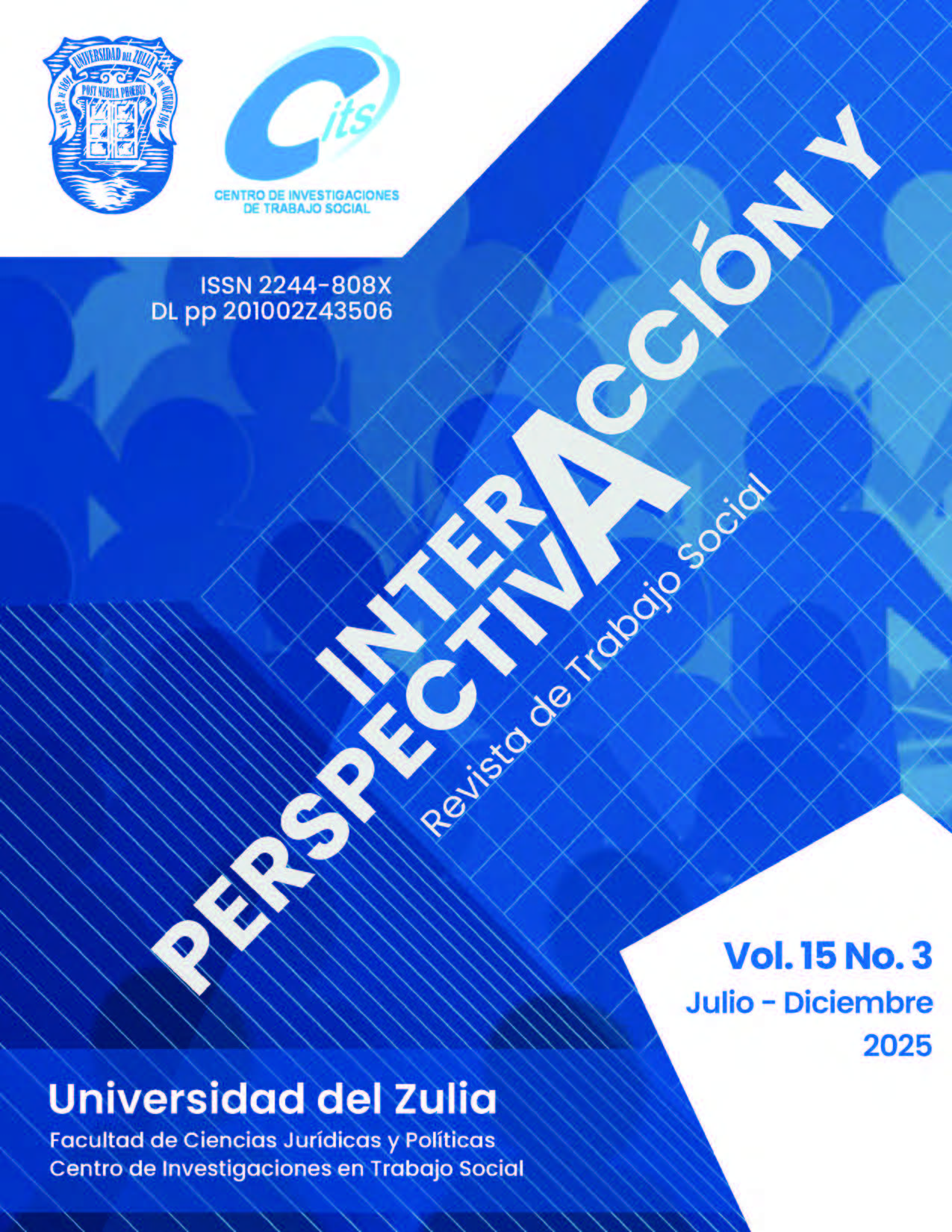Law enforcement system as a social phenomenon: structure and prospects of development
Abstract
The study aims to assess scientific approaches to interpreting the law enforcement system as a social phenomenon, outline its structure, and identify future development prospects. The research methods include analysis and synthesis, induction and deduction, generalization, systematic analysis, and explanation, providing a basis for a thorough examination of the issues discussed. The hypothesis suggests that the law enforcement system of Ukraine is a structured social phenomenon, with each component playing a functional role in protecting individual rights, freedoms, and public goods. The conclusion notes that the law enforcement structure, though complex, is understandable within a social context. Its primary social purpose is realized through protection procedures, enabling a logical transition from protective legal relations to direct enforcement actions. These functions, carried out by a defined group of individuals, are legally significant, serving as the final link in the chain of «establishment, provision, implementation, and protection.» Furthermore, they are socially necessary, ensuring the maintenance of law and order. The study highlights that building a true legal state requires long-term optimization and structural improvements.
Downloads
References
Byelov, D. M., Shved, I. I., & Byelova, M. V. (2023). The law enforcement function of the state: the role and place of prosecutorial bodies. Scientific Bulletin of Uzhhorod National University, No 76(1). 13–19. https://visnyk-juris-uzhnu.com/wp-content/uploads/2023/06/4.pdf.
Kovaliv, M. V., Yesimov, S. S., & Lozynskyi, Y. R. (2018). Legal regulation of law enforcement activities. Lviv: Lviv State University of Internal Affairs. https://dspace.lvduvs.edu.ua/ bitstream/1234567890/73/1/kovaliv.%20esimov.pdf.
Petrushenko, V. L. (2011). Philosophical Dictionary: Terms, Personalities, Sentences. Lviv: Magnolia-2006.
Yednak, V. M. (2020). Prosecutor’s offices in the system of law enforcement agencies of Ukraine (Doctoral dissertation, Kharkiv). 446 p.
Dudchenko, O. (2019). The essence of the law enforcement system. Enterprise, Economy and Law, No 8. 144–149. http://pgp-journal.kiev.ua/archive/2019/8/28.pdf
Hrytsenko, V. G. (2015). Administrative and legal problems of optimizing the law enforcement system of Ukraine (Doctoral dissertation abstract, Kyiv). 36 p.
Malyshev, K. (2020). Conceptual-categorical apparatus of research of state policy problems in the field of law enforcement system transformation. State and Regions, No 2. 242–247. http://pa.stateandregions.zp.ua/archive/2_2020/42.pdf
Kulish, A. M. (2009). The law enforcement system of Ukraine: Administrative and legal principles of organization and functioning (Doctoral dissertation abstract, Kharkiv). 29 p.
Bilas, A. I. (2016). Law enforcement activities of EU countries: A comparative legal study (Ph.D. dissertation, Kyiv). https://old.lpnu.ua/sites/default/files/dissertation/2016/3019/dysertaciya_na_zdobuttya_naukovogo_stupenya_kandydata_yurydychnyh_nauk_bilas_a.i.pdf.
Pikulia, T. O. (2004). Law enforcement agencies in the mechanism of the state of Ukraine (Theoretical and legal issues of functioning) (Ph.D. dissertation abstract, Kyiv). 20 p.
Verkhovna Rada of Ukraine. (2015). On the State Bureau of Investigation: Law of Ukraine No. 794-VIII, November 12. https://zakon.rada.gov.ua/laws/show/794-19#Text
Verkhovna Rada of Ukraine. (2016). On the judicial system and the status of judges: Law of Ukraine No. 1402-VIII, June 2. https://zakon.rada.gov.ua/laws/show/1402-19#Text
Yusupov, V. A. (2015). Law enforcement agencies in the context of reforming the executive branch (Doctoral dissertation, Dnipropetrovsk). 38 p.
Makarchuk, V. V. (2023). Law enforcement agencies as subjects of state policy formation and implementation in the field of national security and defense: Administrative and legal aspect (Doctoral dissertation, Kyiv). 420 p.
Kopyeychikov, V. V. (Ed.). (2003). Jurisprudence (7th ed.). Kyiv: Yurinkom Inter.
Verkhovna Rada of Ukraine. (2020). On private detective activity: Draft law of Ukraine No. 3010, February 4. https://w1.c1.rada.gov.ua/pls/zweb2/webproc4_1?pf3511=68051
Tyurina, O. V. (2006). Modern systems of judicial and law enforcement bodies (Comparative legal characteristics). Kyiv. https://elar.naiau.kiev.ua/server/api/core /bitstreams/24ee344d-505d- 4657-9f4c-ca31e8ceff8b/content
Bandurka, A. M. (Ed.). (1999). Judicial and law enforcement agencies of Ukraine. Kharkiv: University of Internal Affairs.
National Academy of Internal Affairs. (2024). Judicial and law enforcement agencies of Ukraine. https://arm.naiau.kiev.ua/books/spou_2019/info/lec1.html
Kolomiiets, Y. (2017). Law enforcement function of the state: Theoretical, methodological, and historical-legal problems. Kharkiv, 102–105. https://univd.edu.ua/general/publishing/ konf/27_10_2017/pdf/31.pdf
Ostrovskii, S. O. (2017). Concept and functions of the law enforcement bodies of the state. Scientific Bulletin of Kherson State University, No 1(2). 46–49.
Bezpalova, O. I. (2014). Administrative and legal mechanism for implementing the law enforcement function of the state. Kharkiv: NikaNova.
Shkindyuk, V. I. (2021). Law enforcement function as a key direction of law enforcement agencies’ activities. Interaction of civil society with the security and defense sector: Modern challenges. Kharkiv, 122–124. https://library.pp-ss.pro/index.php/ndippsn_20211221/article/view/ shkindiuk/pdf
Nakonechna, H. Y. (2014). Protective administrative-legal relations with the participation of courts. Scientific Bulletin of Uzhhorod National University, No 26. 155–158.
Serdiuk, I. A. (2008). Law enforcement relations: Concept, features, and types (Ph.D. dissertation, Kyiv).
Korneliuk, Y. (2020). Legal facts in the structure of law enforcement activities. Bulletin of the National University «Lviv Polytechnic», No 3. https://science.lpnu.ua/sites/default/files/journal-paper/2020/nov/22507/12.pdf
Legenchenko, M. O. (2014). The concept of protection and defense of rights and their correlation. Scientific Bulletin of Kherson State University, No 1(6). 169–172.

















